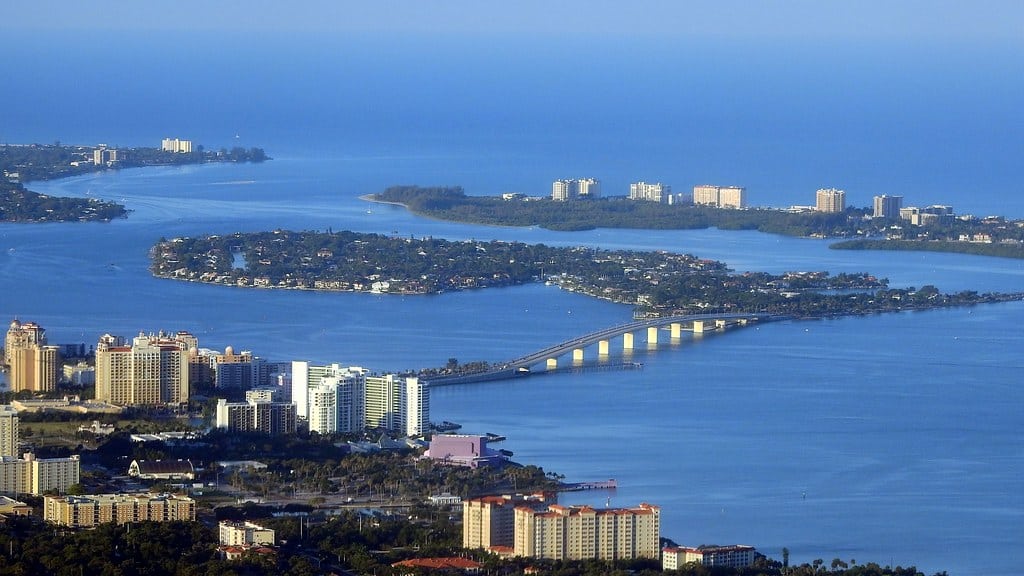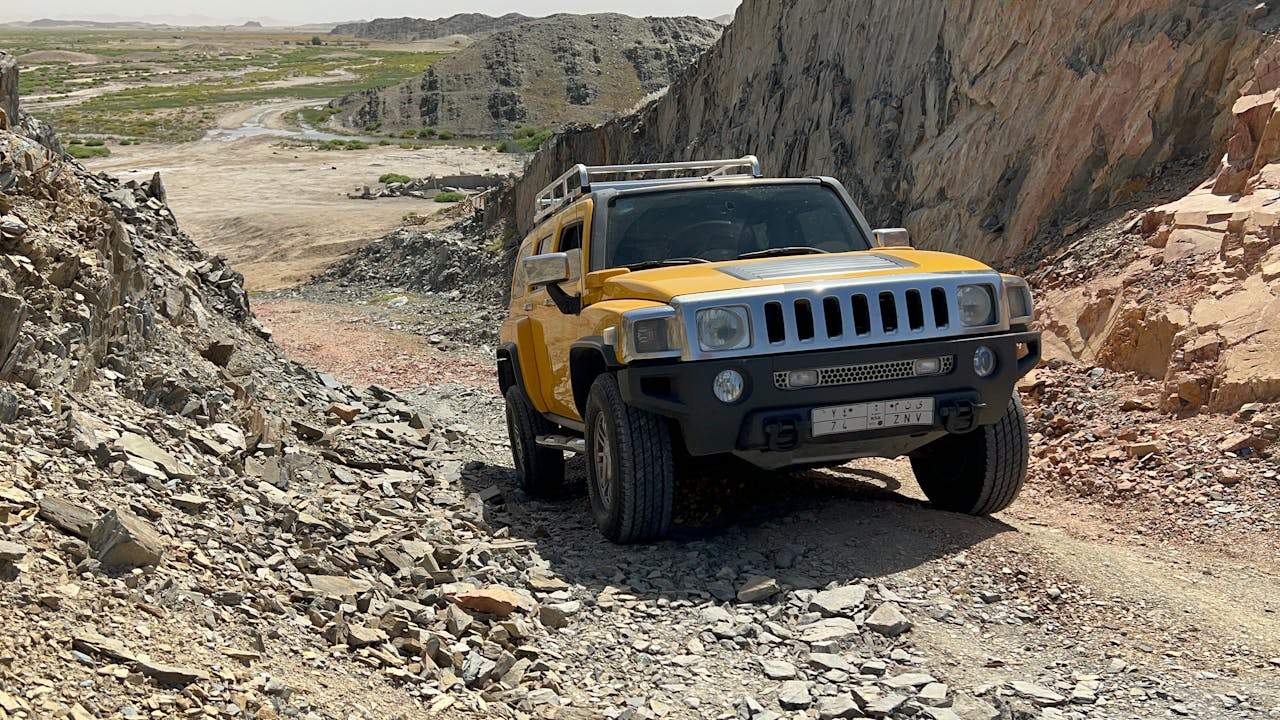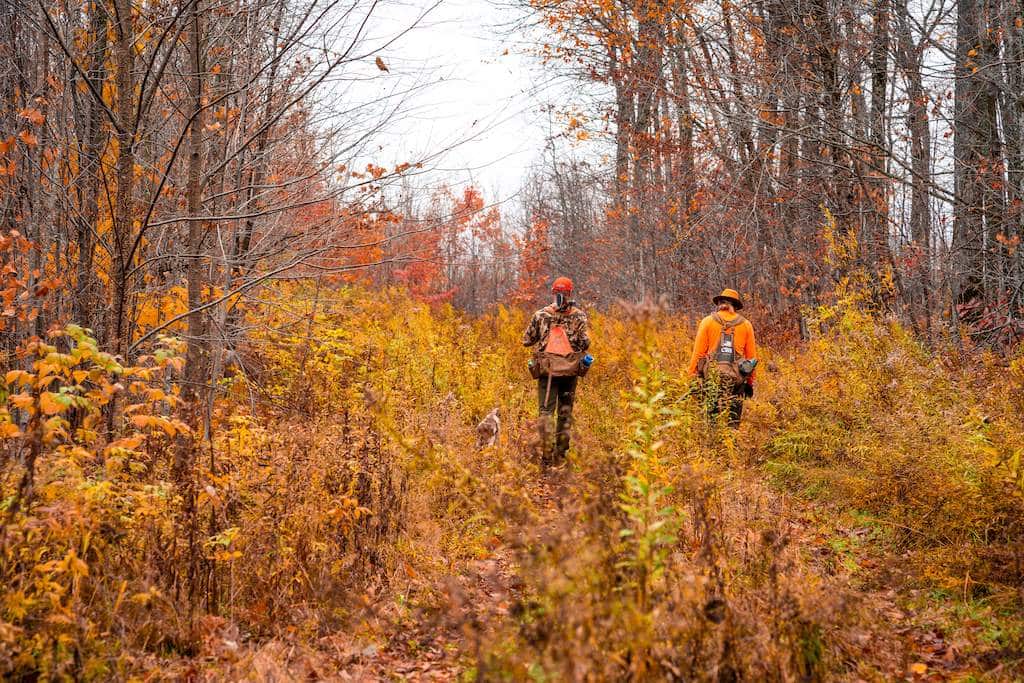Sarasota, Florida, often referred to as the “Cultural Coast,” is a treasure trove of activities and attractions that cater to every type of traveler. From pristine beaches to world-class museums, lush gardens to lively arts scenes, Sarasota offers an ideal blend of natural beauty and cultural richness. Whether you’re planning a relaxing vacation or an adventure-packed getaway, Sarasota promises experiences that are both memorable and diverse.
In this comprehensive guide, we’ll explore the top things to do in Sarasota, highlighting its best attractions, activities, and unique charm. Perfect for families, couples, or solo travelers, Sarasota has something for everyone.
Table of Contents
- Sarasota’s Breathtaking Beaches
- The Ringling: A Cultural Gem
- Explore Sarasota’s Natural Wonders
- Dive into Sarasota’s Arts and Culture Scene
- Sarasota for Families: Kid-Friendly Activities
- Tasting Sarasota: Food and Culinary Adventures
- Shop and Stroll: Sarasota’s Best Shopping Districts
- Historical Landmarks and Tours
- Sarasota’s Vibrant Festivals and Events
- Tips for a Perfect Sarasota Vacation
1. Sarasota’s Breathtaking Beaches
No Sarasota travel guide would be complete without a mention of its world-renowned beaches. These coastal gems are among the city’s biggest draws, offering relaxation, recreation, and unforgettable sunsets.
Siesta Key Beach
- Why Visit: Siesta Key Beach is often rated as one of the top beaches in the world, thanks to its powdery white sand made of 99% quartz.
- Activities: Swim in the calm, turquoise waters, join the vibrant Sunday Drum Circle, or simply lounge and soak up the sun.
- Family-Friendly: The shallow waters and lifeguards make it a great spot for families with kids.
Lido Key Beach
- Why Visit: For those seeking a quieter, more laid-back experience, Lido Key Beach is an excellent choice.
- What to Do: Take a peaceful walk along the shore, explore the nearby mangroves, or kayak through South Lido Park.
Longboat Key
- Why Visit: This serene beach is ideal for those looking to escape the crowds.
- Perfect For: Romantic picnics, shell collecting, and tranquil sunsets.
2. The Ringling: A Cultural Gem
Why It’s a Must-See
The John and Mable Ringling Museum of Art, often referred to simply as The Ringling, is Sarasota’s crown jewel of culture. This sprawling estate offers a mix of art, history, and breathtaking architecture.
What to Explore
- Art Museum: Home to an impressive collection of European masterpieces, including works by Rubens, Velázquez, and Titian.
- Ca’ d’Zan Mansion: A Venetian-style mansion served as the winter home for circus magnate John Ringling and his wife, Mable.
- Circus Museum: Discover the fascinating history of the Ringling Bros. Circus with interactive exhibits and memorabilia.
- Bayfront Gardens: Stroll through meticulously landscaped grounds, complete with banyan trees and a stunning rose garden.
Pro Tip: Admission to the Art Museum is free every Monday.
3. Explore Sarasota’s Natural Wonders
Myakka River State Park
One of Florida’s oldest state parks, Myakka River State Park is a heaven for outdoor enthusiasts.
- What to Do: Hike through trails, kayak along the river, or climb the canopy walkway for breathtaking views.
- Wildlife Spotting: Keep an eye out for alligators, deer, and a wide variety of birds.
Marie Selby Botanical Gardens
This urban oasis features stunning displays of tropical plants, orchids, and bromeliads.
- Highlights: The Children’s Rainforest Garden and the peaceful bayfront views.
Celery Fields
A birdwatcher’s paradise, this 360-acre site is home to over 200 species of birds.
- Perfect For: Nature walks, picnics, and photography.
4. Dive into Sarasota’s Arts and Culture Scene
Sarasota’s thriving arts community sets it apart as a cultural destination.
Asolo Repertory Theatre
Catch a live performance at this renowned theater, which hosts a diverse lineup of plays and musicals.
Van Wezel Performing Arts Hall
Overlooking Sarasota Bay, this iconic venue features concerts, Broadway shows, and comedy acts.
Art Galleries
The Rosemary District and downtown Sarasota are home to numerous galleries showcasing local and international artists.
5. Sarasota for Families: Kid-Friendly Activities
Sarasota offers plenty of attractions that will delight kids and parents alike.
Mote Marine Laboratory & Aquarium
- What You’ll See: Sharks, sea turtles, manatees, and interactive exhibits that teach kids about marine conservation.
The Children’s Garden and Art Center
A whimsical space where kids can explore fairy-tale-themed gardens, climb pirate ships, and create art.
Big Cat Habitat and Gulf Coast Sanctuary
This nonprofit sanctuary provides a safe haven for exotic animals, including lions, tigers, and bears.
6. Cherishing Sarasota: Food and Culinary Adventures
Seafood and Waterfront Dining
Sarasota’s coastal location means fresh seafood is always on the menu.
- Must-Try Dishes: Grouper sandwiches, stone crab claws, and shrimp scampi.
- Top Spots: Visit Owens Fish Camp or The Shore for delicious meals with a side of Old Florida charm.
Farmers Markets
The Sarasota Farmers Market is a great place to sample local produce, baked goods, and artisanal foods.
Craft Breweries and Wineries
Sarasota’s craft beverage scene is thriving, with popular spots like Big Top Brewing Company and Fiorelli Winery.
7. Shop and Stroll: Sarasota’s Best Shopping Districts
St. Armands Circle
This upscale shopping district combines luxury boutiques, art galleries, and dining options.
Downtown Sarasota
Explore Main Street for eclectic shops, bookstores, and antique stores.
The Mall at University Town Center
For a more traditional shopping experience, this mall features popular retailers and high-end brands.
8. Historical Landmarks and Tours
Historic Spanish Point
Step back in time at this 30-acre outdoor museum, which showcases Florida’s prehistoric and pioneer history.
Edson Keith Mansion
Located in Phillippi Estate Park, this mansion offers a glimpse into Sarasota’s early 20th-century elegance.
Walking Tours
Join a guided tour to learn about Sarasota’s architectural and historical highlights.
9. Sarasota’s Vibrant Festivals and Events
Sarasota’s lively calendar of events ensures there’s always something happening.
- Sarasota Film Festival: Celebrate independent cinema with screenings, panels, and parties.
- Sarasota Seafood and Music Festival: A perfect blend of local seafood, live music, and fun.
- Sarasota Chalk Festival: Watch streets come alive with colorful, 3D chalk art.
10. Tips for a Perfect Sarasota Vacation
- Best Time to Visit: The cooler months of November to April offer pleasant weather and fewer crowds.
- Getting Around: Rent a car for easy access to Sarasota’s attractions, but take advantage of free parking at beaches and parks.
- Where to Stay: From beachfront resorts to charming bed-and-breakfasts, Sarasota offers accommodations for every budget.
Key Takeaways
- Sarasota is a destination that combines cultural sophistication with natural beauty, making it perfect for a wide range of travelers.
- From the pristine beaches of Siesta Key to the vibrant arts scene and historical landmarks, Sarasota has something for everyone.
- Family-friendly attractions, culinary delights, and shopping districts ensure that every moment of your trip will be filled with enjoyment.
Conclusion
Sarasota, Florida, truly is a cultural and natural paradise. Whether you’re exploring the art and history at The Ringling, enjoying a sunset at one of its stunning beaches, or having fresh seafood at a waterfront restaurant, this city offers experiences that will leave a lasting impression.
Ready to discover the magic of Sarasota? Start planning your adventure today—you won’t be disappointed!







